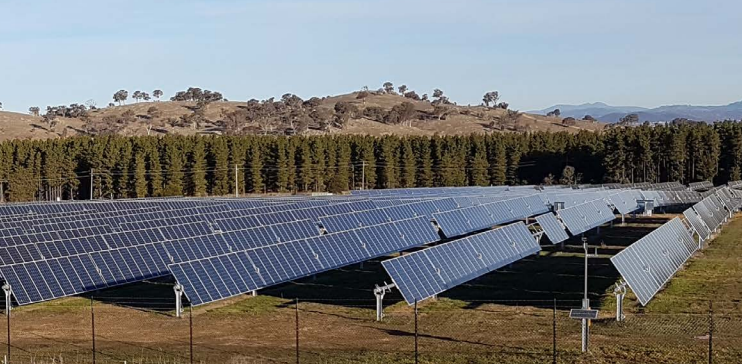“States and territories are driving the Australian energy transition in the absence of federal policy,” the Climate Council says in its new report, Renewables Ready: States Leading the Charge.
In particular, the authorities in the Australian Capital Territory (ACT), South Australia and Tasmania have been aggressively pushing forward with plans to ramp up solar and wind capacity. But the Climate Council believes that large-scale PV and wind deployment will also start to rise significantly in New South Wales and Queensland this year.
“The federal government remains stuck at the starting block,” laments the Sydney-based, independent non-profit organization. “In the absence of national energy and climate policy, all states and territories (except Western Australia) now have strong renewable energy targets and/or net zero emissions targets in place.”’
The Climate Council believes that those state-level goals — as well as plans to close down a number of coal-fired plants — mean that nationwide greenhouse gas emissions will likely fall by 26% to 28% by 2030, as targeted.
The ACT, Tasmania and South Australia have already installed more non-hydro renewables capacity per capita than Western Australia, Victoria, New South Wales, Queensland and the Northern Territory. However, Queensland, South Australia and Western Australia are the states with the highest amount of installed residential PV capacity.
“Energy storage is increasingly coming to the fore as part of state and territory energy policy,” the Climate Council adds, noting that the biggest solar and battery storage plant in the world is now being built in South Australia.
A number of massive PV projects and supply orders have been announced in Australia in recent weeks. In late August, for example, oil giant Shell revealed that it has started to evaluate the feasibility of building a 250 MW solar installation in the Western Downs region of Queensland. Several weeks prior to that announcement, First Solar revealed that it was on track to supply 241 MW of its thin-film solar modules for Edify Energy’s 180.7 MW Daydream and 60.2 MW Hayman PV projects in Queensland.
Australia’s cumulative installed PV capacity reached 5.2 GW at the end of 2016, up roughly 19% year on year, according to the International Renewable Energy Agency (IRENA). The country wants renewables to account for 23.5% of its energy mix by the end of the decade, which equates to 33,000 GWh of annual electricity generation.
This content is protected by copyright and may not be reused. If you want to cooperate with us and would like to reuse some of our content, please contact: editors@pv-magazine.com.








By submitting this form you agree to pv magazine using your data for the purposes of publishing your comment.
Your personal data will only be disclosed or otherwise transmitted to third parties for the purposes of spam filtering or if this is necessary for technical maintenance of the website. Any other transfer to third parties will not take place unless this is justified on the basis of applicable data protection regulations or if pv magazine is legally obliged to do so.
You may revoke this consent at any time with effect for the future, in which case your personal data will be deleted immediately. Otherwise, your data will be deleted if pv magazine has processed your request or the purpose of data storage is fulfilled.
Further information on data privacy can be found in our Data Protection Policy.